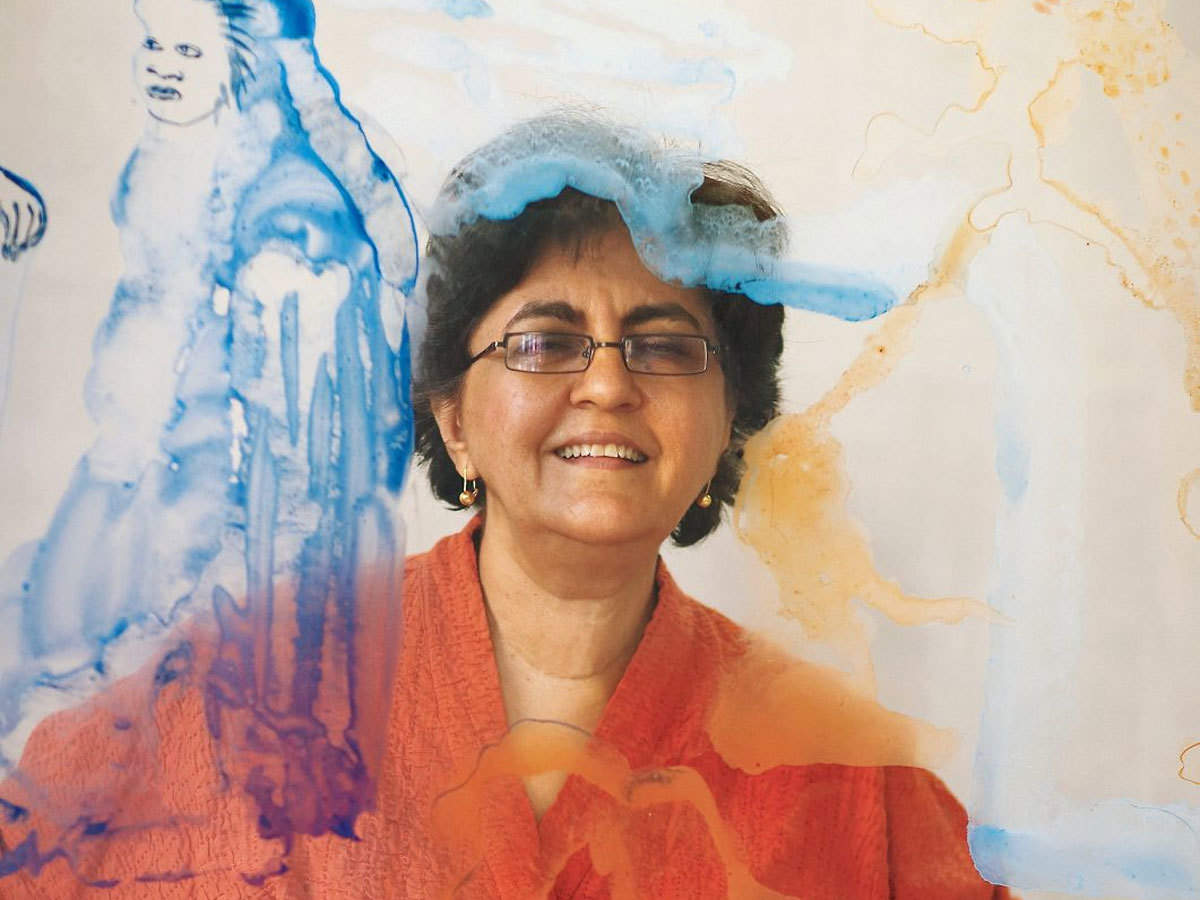(February 25, 2022) Staring at the Boogie Woogie stage in awe, the then 21-year-old Suresh Mukund felt a rush of excitement and gratitude. That surreal moment in 2009 also evoked discomfort – seeing his crew in slippers and torn clothes rehearsing for their biggest night ever. That day, he vowed to make them stars. Cut to 2019, he along with his team Kings United lifted the winning trophy in season three of American reality show World of Dance in the US. “It was a defining moment as those kids on the stage of Boogie Woogie were now getting a standing ovation from Jennifer Lopez. They had finally become stars,” Indian choreographer Suresh tells Global Indian in an interview.
Stepping up in style
The 34-year-old Emmy-nominated choreographer is also the first Indian to win the World Choreography Award 2020 for his work on World of Dance. “I am so humbled that Indian dance has become popular. I (feel) I have played a role in this,” adds Suresh, who inspired Bollywood director Remo D’Souza to make ABCD 2 on Mukund’s journey.

Suresh Mukund’s Kings United at World of Dance
Born in Vasai in Maharashtra to a businessman father and a homemaker mother, he was an introvert till dance brought out his innate talent. “Due to my dark complexion, I had an inferiority complex. My older brother was fair and popular in school, while I was called kaaliya which led to low self-esteem,” reveals the choreographer. However, things took a U-turn when as a 12-year-old, he performed to the Hrithik Roshan-starring song, Ik Pal Ka Jeena in school. “I wasn’t a dancer but that one performance changed everything. Overnight, I became a star. The appreciation boosted my confidence,” he recalls. He had found his calling in dance. Imitating routines of international crews followed, and he was on song.
Mukund always had his sights set on Boogie Woogie. The dream fructified in 2009 after years of perseverance. “Back then, it was the only dance reality show, and to see myself onstage with my group was unreal,” recalls Suresh, who also formed the Fictitious Dance Group with Vernon Monteiro a few months before the audition. However, it wasn’t a cakewalk as the team had to not only battle scepticism about ambition but also financial constraints. “Most dancers were from poor backgrounds. I remember many wearing slippers and torn jeans during Boogie Woogie’s technical round. It broke my heart,” says the Indian choreographer.

Suresh Mukund
On a winning spree
A simmering desire saw him win season three of India’s Got Talent in 2011. “We became overnight stars. The win catapulted us into the league of star dancers. By then YouTube had become popular, and many realised that I was inspired by a Filipino hip-hop dance group Philippine All-Stars. A few called us out for copying their moves,” admits Suresh. Entering the World Hip Hop Championship in Los Angeles to battle it out with the best dance crews, he says, “We didn’t just beat Philippine All-Stars but ended up being in the top eight.”

Suresh Mukund receives an award at the International Film Festival 2019
A week before his life story made it to the big screen, the Fictitious Dance Group split due to creative differences. One of the lowest points in his life, he went into depression, and was suddenly out of work. Not one to quit, he gathered dancers to form Kings United. To make an impactful comeback, the only path before them was to win the next big dance competition – World Hip Hop Dance Championship 2015. “We had just 20 days to rehearse. The team was shocked at my decision to participate. But I had to prove myself. It was a do or die situation,” adds the Indian choreographer, whose team included a dancer who had never performed before.
When family is all that matters
His biggest support system – his father was beside him even though he had been unhappy with Suresh’s career choice. With a bachelor’s in management studies, he even tried working in his father’s business but was sad. “I asked my father to give me two years to prove myself. The year 2012 was a turning point as we represented India at the World Hip Hop Championship. That’s when he realised that his son had made him proud,” laughs Suresh.
Kings United outperformed some of the biggest international crews in San Diego to clinch a bronze. It was a dream come true for the sprightly dancer who also started Kings United Dance Academy back home.
Their biggest moment came in 2019 – winning season three of World of Dance, with judges Jennifer Lopez, Ne-Yo and Derek Hogh awestruck. “The World of Dance team approached us after watching our viral video in season one of Dance Champions. Frankly, I was nervous about entering the show as some of the best crews had been eliminated. But then I decided to give it a shot,” says the leader of Kings United. Recalling how no one took the team seriously, he gushes, “We killed it in our first performance. The judges went crazy and we saw respect in the eyes of other dance crews too,” adds Suresh.
Moving towards bigger goals
The breath-taking choreography on the show earned Suresh a nomination, first for any Indian choreographer, at the Emmys. “I was shocked beyond words. Walking the red carpet with some of the biggest names was a magical moment,” reveals Suresh, who calls it the perfect validation of his hard work and talent. He also won the World Choreography Awards 2020 for showcasing innovative work at World of Dance.

Suresh Mukund addressing the media at the Emmys
“I always believed in myself and my work. Even during the lowest points, I knew I could overturn any situation,” says the man, who has made Indian dance popular, internationally. Kings United has ensured that the world is raving about them. “It’s so humbling,” adds Suresh.
He now wants to become an actor. “I have started taking acting classes,” he smiles. He decided to reinvent himself during the pandemic too. “It was a tough time as shows were not happening. I had so many team members to look after that I had almost gone bankrupt. Then, I decided to work and rebuild myself through social media. It has given me the confidence to be in front of the camera,” says Suresh, who did a cameo in Bosco Martis’ upcoming film Rocket Gang.
A doting father to a four-year-old son, family is his go-to. “I used to indulge in adventure sports before, but now whatever time I get, I like to give to my family,” Suresh signs off.
- Follow Suresh Mukund on Instagram



 Dhruv Bogra at Bear Glacier in Alaska.[/caption]
Dhruv Bogra at Bear Glacier in Alaska.[/caption] Dhruv Bogra[/caption]
Dhruv Bogra[/caption]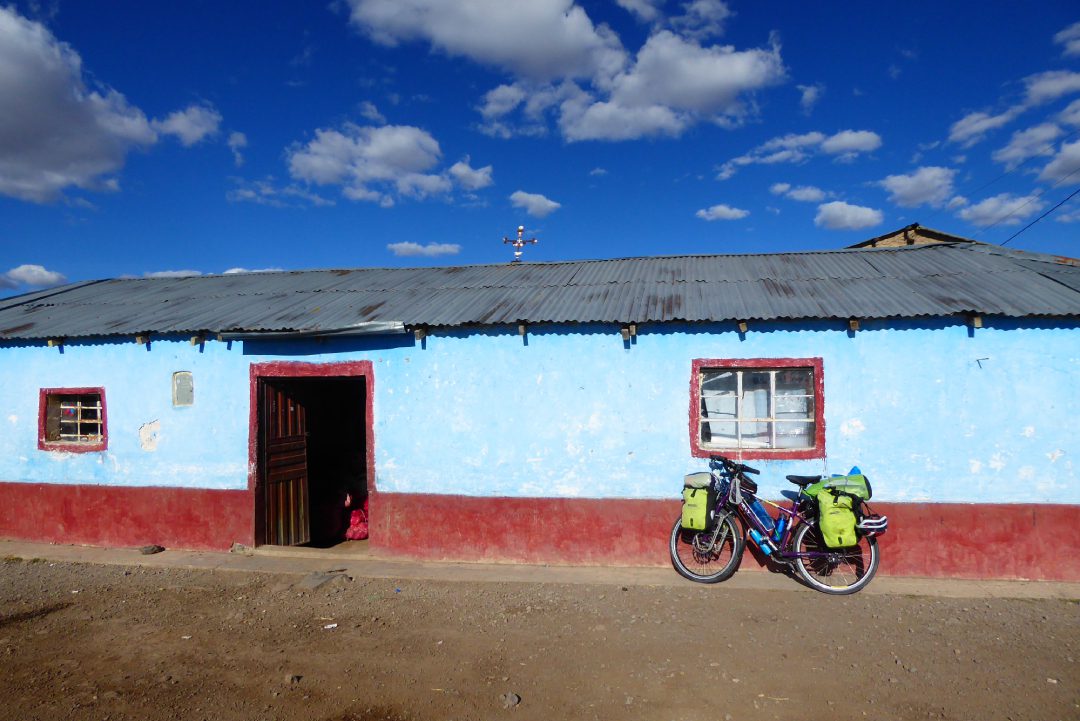 Negro Mayo village in Peru[/caption]
Negro Mayo village in Peru[/caption] Dhruv Bogra at Gobbler's Knob with his Surly Troll cycle.[/caption]
Dhruv Bogra at Gobbler's Knob with his Surly Troll cycle.[/caption] Dhruv Bogra camping at Boya Lake in Canada.[/caption]
Dhruv Bogra camping at Boya Lake in Canada.[/caption] Sacred Valley in Peru[/caption]
Sacred Valley in Peru[/caption]
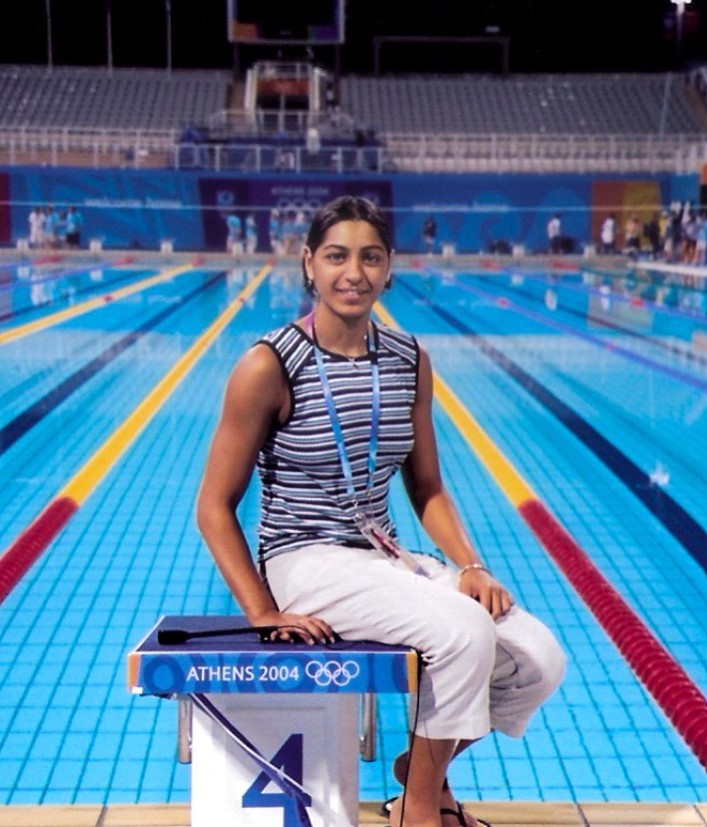 Shikha Tandon[/caption]
Shikha Tandon[/caption]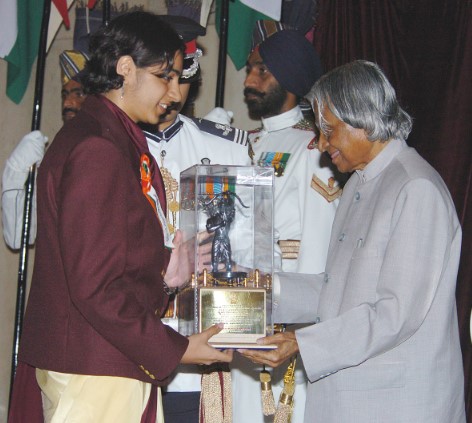 Shikha Tandon receiving Arjuna Award from foremer President of India, late Dr. A.P.J. Abdul Kalam in 2005[/caption]
Shikha Tandon receiving Arjuna Award from foremer President of India, late Dr. A.P.J. Abdul Kalam in 2005[/caption] Shikha Tandon[/caption]
Shikha Tandon[/caption] Shikha Tandon[/caption]
Shikha Tandon[/caption] Shikha Tandon with her family[/caption]
Shikha Tandon with her family[/caption]
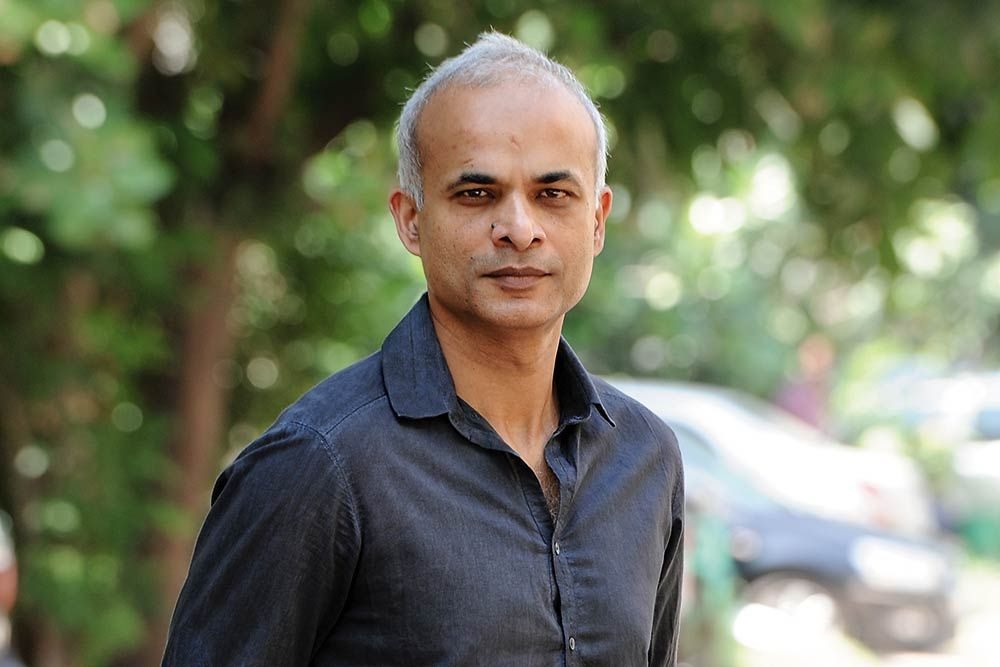 Manu Joseph[/caption]
Manu Joseph[/caption]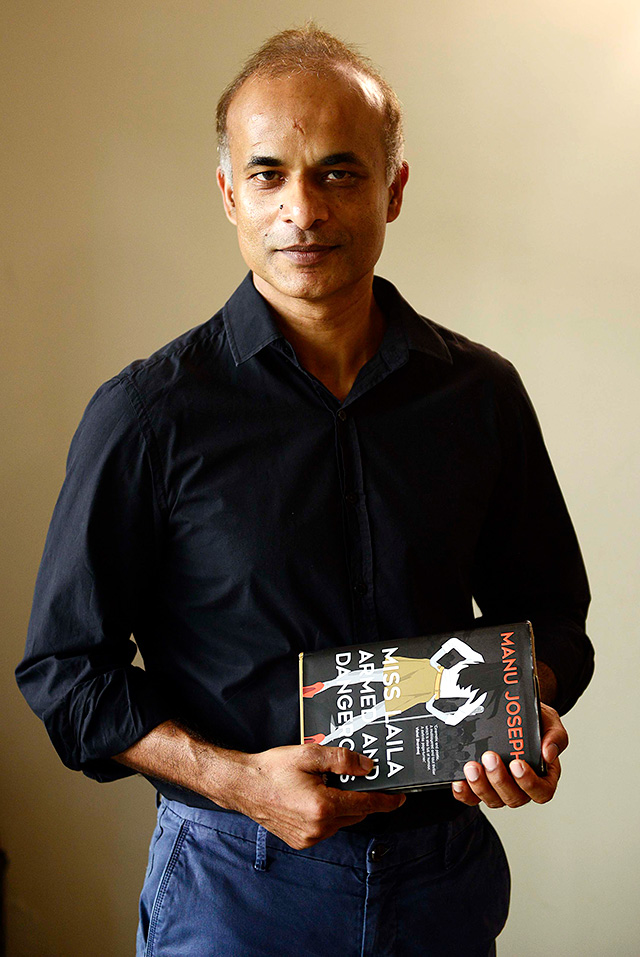
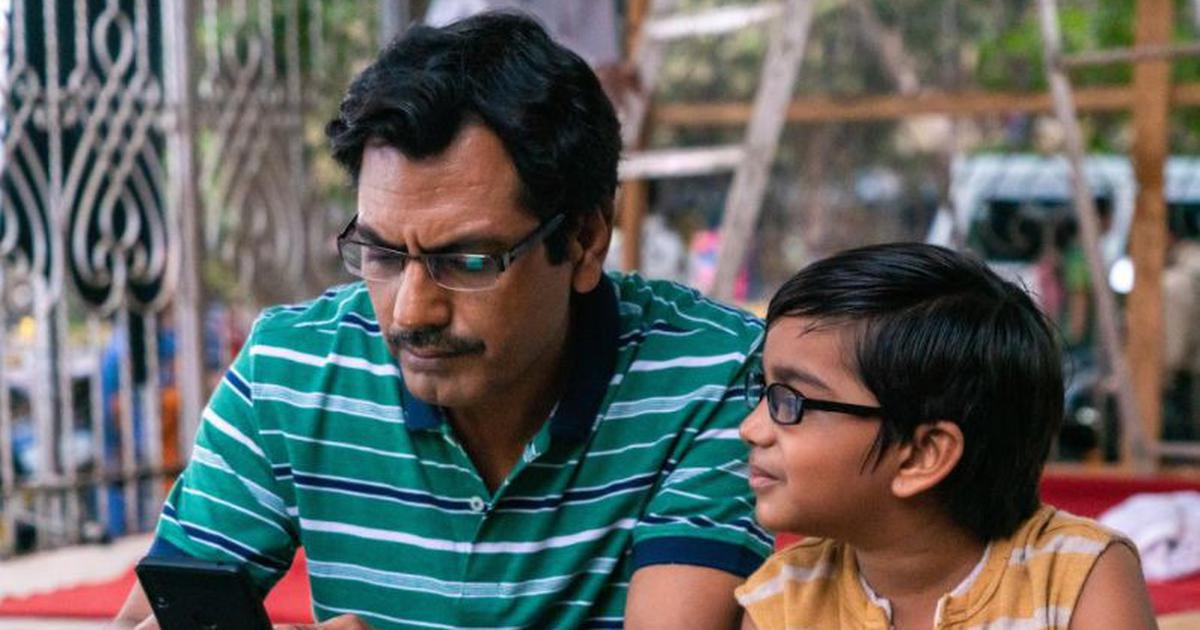 Nawazuddin Siddiqui in Serious Men[/caption]
Nawazuddin Siddiqui in Serious Men[/caption]
 Candida Louis is Sydney[/caption]
Candida Louis is Sydney[/caption] Amarjeet Singh[/caption]
Amarjeet Singh[/caption]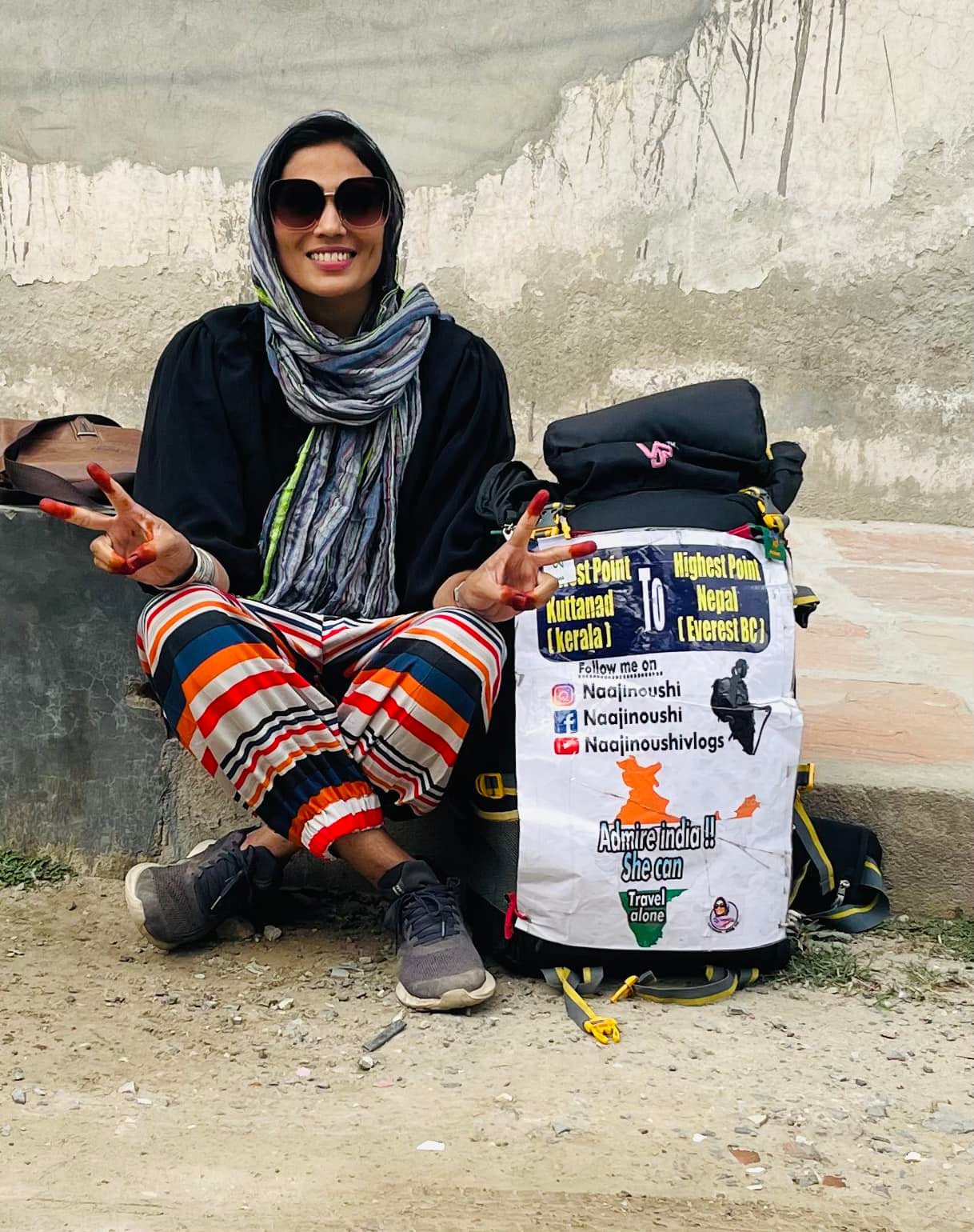 Najira Noushad during her trip from Kerala to Everest base camp[/caption]
Najira Noushad during her trip from Kerala to Everest base camp[/caption]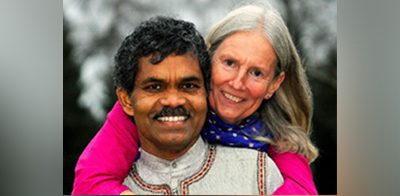 PK Mahanandia cycled from India to Europe for love[/caption]
PK Mahanandia cycled from India to Europe for love[/caption]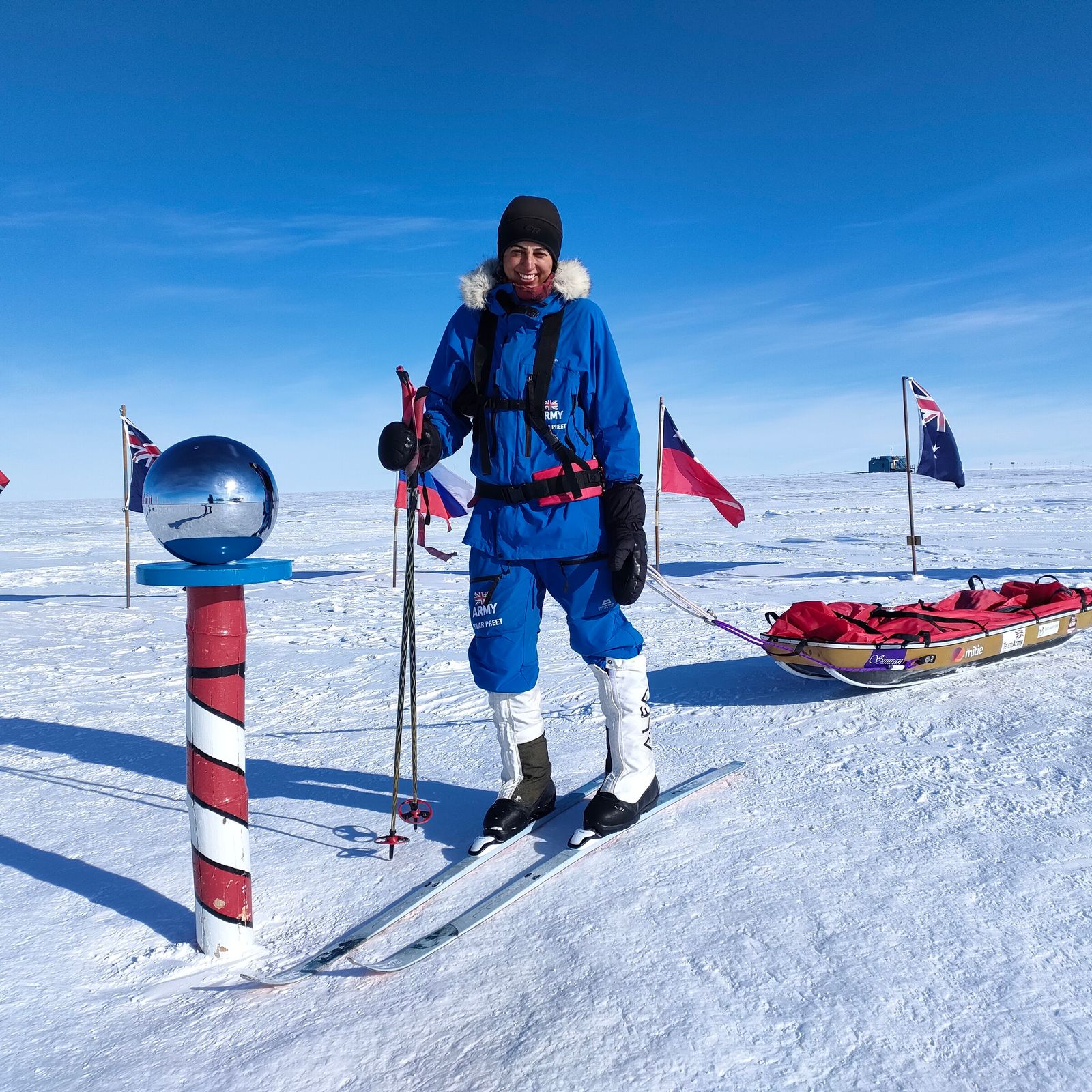 Polar Preet became the first woman of colour to complete a solo trip to South Pole[/caption]
Polar Preet became the first woman of colour to complete a solo trip to South Pole[/caption]
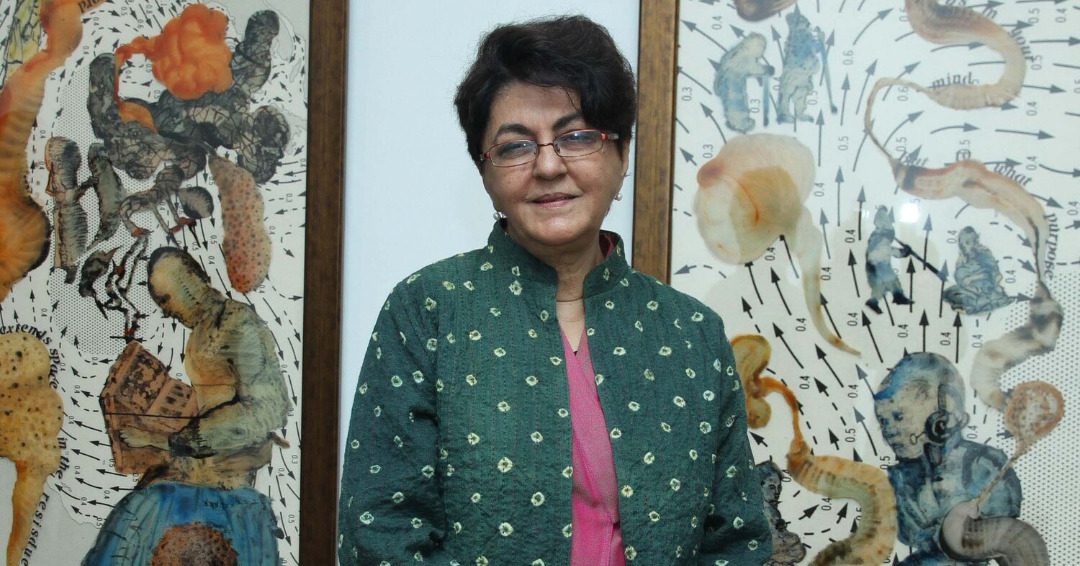 Nalini Malani[/caption]
Nalini Malani[/caption]